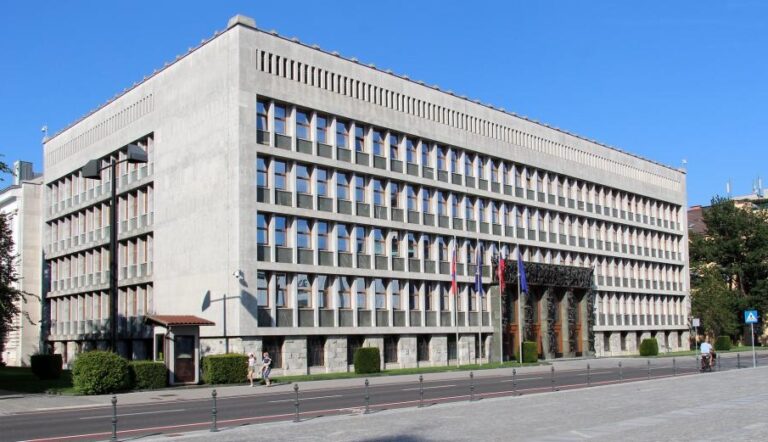South Korea is grappling with a demographic challenge that could reshape the nation’s social and economic landscape. According to a recent biennial report released by state-run Statistics Korea, the country’s current population of around 51.6 million is anticipated to decline significantly to 36.2 million by 2072. The primary driver behind this demographic shift is the critically low birth rates and an aging population.
One of the alarming trends highlighted in the report is the projected increase in the portion of seniors aged 65 and above. In 2022, this demographic constituted 17.4 percent of the population, but it is expected to soar to a staggering 47.7 percent by 2072. This substantial rise is indicative of a rapidly aging society.
The report attributes the declining population growth to a record-low fertility rate of 0.78 in 2022, which is significantly below the replacement level of 2.1 needed to maintain a stable population. The fertility rate represents the average number of children expected to be born to a woman over her lifetime. South Korea’s rate is far below that of other major countries, presenting a unique challenge to its demographic future.
The report predicts an annual fall of 0.16 percent in population growth for a decade starting in 2025. This decline is expected to accelerate over the years, reaching a significant 1.31 percent by 2072. The number of newborns, which amounted to 250,000 in 2022, is projected to decrease to 220,000 in 2025 and further drop to a mere 160,000 by 2072.
The demographic imbalance is not only characterized by a declining overall population but also a significant shift in the age distribution. The number of people in the working age group (15 to 64 years) is expected to fall by 3.32 million over a decade starting in 2022. In contrast, the number of seniors is anticipated to rise by 4.85 million during the same period. This imbalance raises concerns about the sustainability of the workforce and its potential implications for the country’s economy.
Addressing South Korea’s demographic challenges will require a comprehensive and multi-faceted approach. Policymakers may need to consider strategies to encourage family planning, provide support for working parents, and create conditions conducive to raising children. Additionally, initiatives to encourage immigration might be explored to offset the declining population and support the labor market.
In conclusion, South Korea’s demographic crisis, characterized by a rapidly aging population and critically low birth rates, presents a complex challenge for the nation. Proactive and innovative policies will be essential to navigate these demographic shifts, ensuring a sustainable future for South Korea’s society and economy.
(Source: SCMP | Yonhap News Agency)









